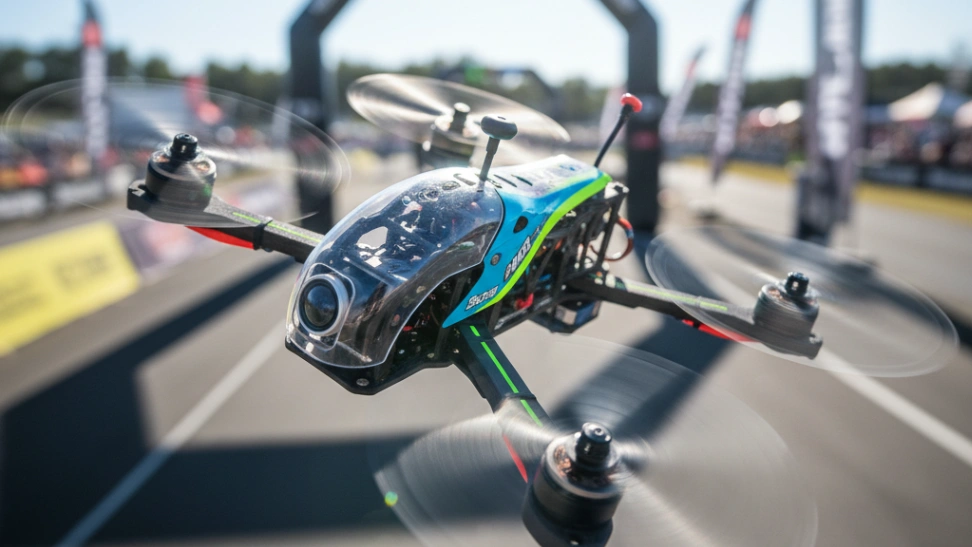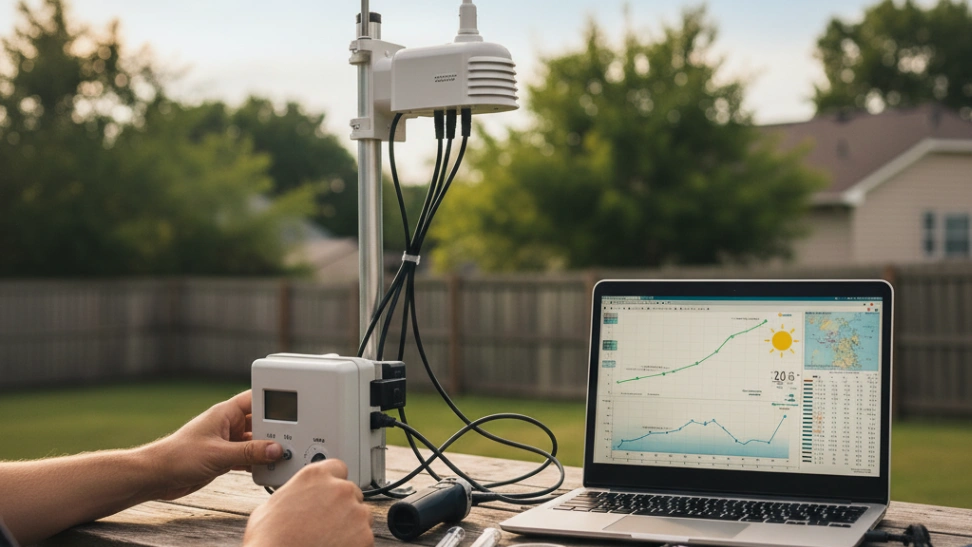At its core, drone racing involves specialized FPV (First Person View) quadcopters, which are distinct from recreational camera drones. These racing drones are designed for agility, speed, and durability, often built by the pilots themselves from modular components. Essential gear includes the drone itself – a lightweight frame housing powerful motors, propellers, an FPV camera, a video transmitter (VTX), and a flight controller – as well as a radio transmitter (controller) for the pilot to send commands, and FPV goggles which receive the live video feed from the drone's camera. Batteries are crucial, typically high-discharge LiPo packs that offer intense bursts of power for short, thrilling flight times. Beyond the basic setup, pilots often invest in spare parts like propellers, motors, and frame components, as crashes are an inevitable part of pushing the limits of speed and control in a dynamic race environment. The constant evolution of technology means that new, more efficient, and robust components are regularly introduced, allowing for continuous upgrades and customization.
The experience of drone racing is intensely immersive and addictive. The adrenaline surge as you weave through a course, inches from obstacles, is unparalleled. It’s a pursuit that constantly challenges pilots to improve their reaction times, spatial awareness, and strategic thinking. Unlike traditional racing, drone racing introduces a vertical dimension, making courses incredibly complex and engaging. The community aspect is also a huge draw; pilots often gather at local clubs or larger events, sharing build tips, flight techniques, and competing in friendly or professional heats. While the initial flights can be frustrating, the satisfaction of mastering complex maneuvers and shaving milliseconds off lap times is deeply rewarding. Beyond pure racing, many FPV pilots also engage in "freestyle" flying, performing breathtaking aerial acrobatics in open spaces, showcasing their creativity and control in a less structured setting. Both racing and freestyle demand a deep understanding of aerodynamics, electronic systems, and persistent practice.
The origins of drone racing are relatively recent, stemming from the broader evolution of remote-controlled (RC) aircraft. For decades, hobbyists enjoyed flying RC planes and helicopters. The real catalyst for drone racing, however, was the advent of multi-rotor drones, specifically quadcopters, which became widely accessible in the early 2010s. Simultaneously, FPV technology, which allowed pilots to see from the aircraft's perspective, advanced rapidly. Early FPV enthusiasts began using small, agile quadcopters to fly through obstacles and perform tricks. This naturally led to informal races in open fields and abandoned buildings. As the technology matured and became more affordable, dedicated racing communities started to form. YouTube played a significant role in popularizing the sport, with videos showcasing incredible flying skills and intense races going viral. By the mid-2010s, formal racing leagues like MultiGP and the Drone Racing League (DRL) emerged, bringing structure, sponsorship, and professional events to what was initially a grassroots movement. These organizations helped standardize rules, track systems, and even broadcast events, transforming a tech hobby into a legitimate competitive sport with a global following.
Getting started in drone racing requires a blend of patience, practice, and a willingness to learn technical skills. Most beginners start with a flight simulator, which is an invaluable tool for developing muscle memory and understanding flight dynamics without risking costly damage to a physical drone. Once comfortable with the basics in a simulator, the next step is often acquiring a small, durable "whoop" drone for indoor practice or a beginner-friendly 5-inch quadcopter. Learning basic soldering and troubleshooting skills is almost essential, as crashes are frequent and repairs are a routine part of the hobby. Engaging with the local FPV community, either online or in person, provides access to a wealth of knowledge, tips, and opportunities to fly with more experienced pilots. Many communities organize casual meetups and structured races, offering a supportive environment for new pilots to hone their skills and learn from others' experiences. The initial investment in equipment can be substantial, but starting with an affordable simulator and a basic drone kit can help ease into the hobby before committing to professional-grade gear.
The future of drone racing is bright and rapidly evolving. Technological advancements are continuously pushing the boundaries of what these machines can do, leading to faster, more resilient, and more intelligent drones. The development of artificial intelligence could one day see autonomous drones competing, or advanced flight assistance systems making the hobby more accessible. As FPV technology becomes more integrated with virtual and augmented reality, the immersive experience could reach new heights. There's also a growing interest in expanding the reach of drone racing beyond niche communities, with efforts to make it a more mainstream spectator sport through advanced broadcasting techniques and more accessible event formats. The blend of DIY engineering, competitive sport, and cutting-edge technology ensures that drone racing will remain a dynamic and exciting hobby for years to come, attracting new talent and pushing the limits of aerial precision.



